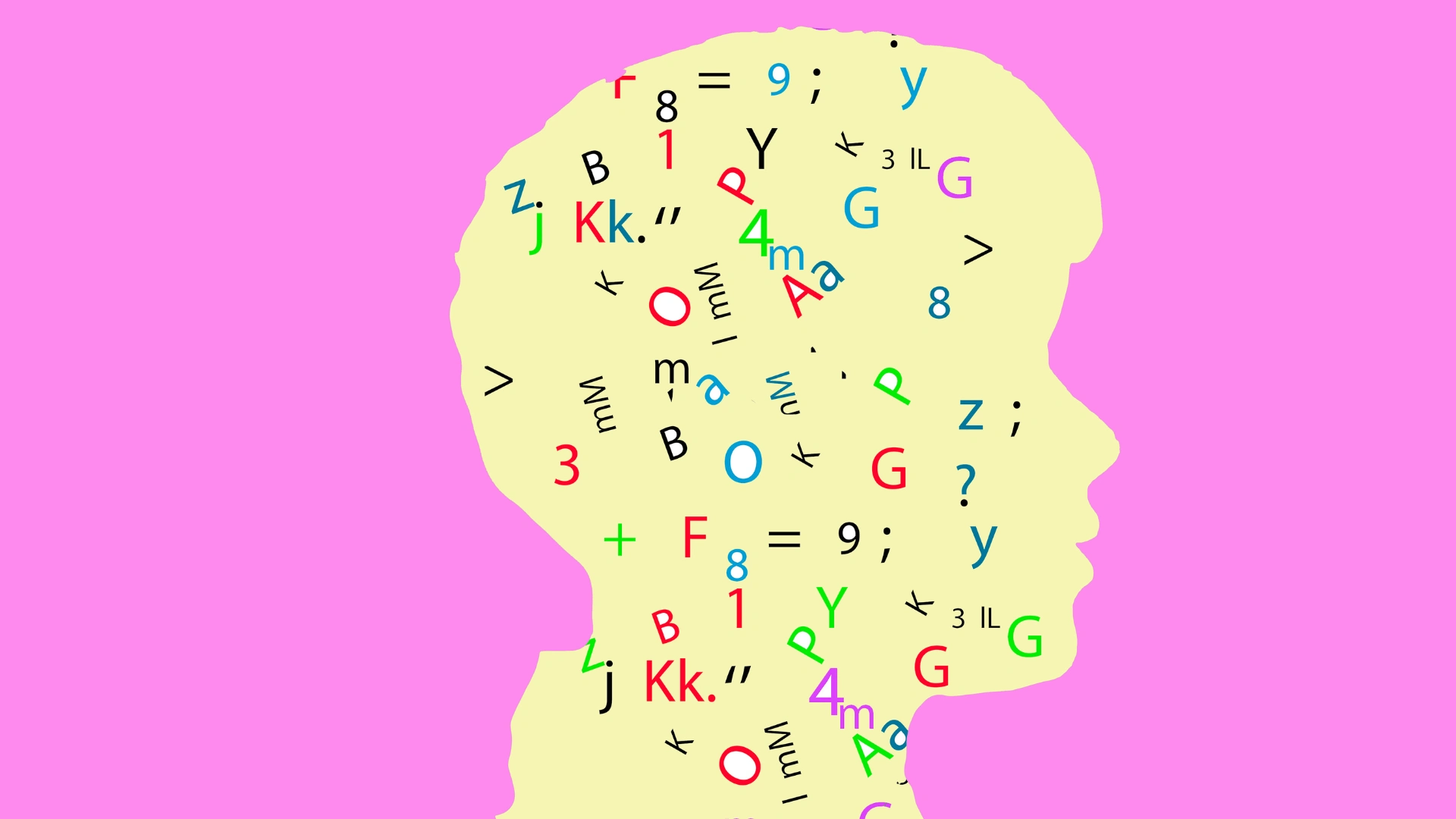Copyright Fast Company

As a child and adolescent psychiatrist, I’ve seen how America’s education system leaves neurodivergent children behind. Despite growing awareness of ADHD, autism, and learning differences, schools remain stuck in outdated models. Without rethinking how classrooms are structured, we’ll keep failing students whose brains work differently. Last year, I worked with a boy who dreaded school so much he would sometimes vomit on the drive there. His anxiety wasn’t about tests or teachers in the usual sense. It was about the environment itself—the noise, the lights, the pressure to sit still in a classroom not built for how his brain works. His parents tried everything from walking him into school to rearranging schedules but nothing helped. Then he transferred schools. His new teacher took a different approach: connecting with him, adjusting the classroom, and making small changes that reduced the overwhelm. Suddenly, he wanted to ride the bus. He wanted to stay in class. For the first time, school felt like a place he belonged. One in five kids learns differently This child is neurodivergent, part of the one in five U.S. children who learn, process, and engage differently. Instead of helping these students to adapt, schools have tended to push kids like my client into rigid structures or “special” programs. The problem isn’t these kids. It’s that schools were built for neurotypical learners and haven’t kept pace with what we know about development, learning, and mental health. Subscribe to the Daily newsletter.Fast Company's trending stories delivered to you every day Privacy Policy | Fast Company Newsletters October is ADHD awareness month, one of the many awareness months that highlights how common these challenges are. But unless schools change what happens in classrooms, awareness won’t be enough. ADHD remains one of the most common childhood diagnoses, affecting 11.4% of school-aged children. The CDC now estimates that 1 in 31 children is diagnosed with autism spectrum disorder, up from 1 in 44 in 2018. These children are not outliers. They are classmates, friends, and our own children. Yet too many schools are treating neurodivergence as an exception to manage, rather than a reality to design for. Good intentions, bad outcomes Well-intentioned reforms have fallen short. We moved from segregated special education classrooms to mainstreaming, with aides and breakout sessions. But that support often comes at the cost of stigma. Kids are pulled out of class, singled out, or shadowed by aides whose presence, while helpful, also marks them to their schoolmates as “different.” I’ve met children with anxiety and depression who say the worst part of school isn’t the work. Rather it’s being pinpointed as different because of being singled out. Delays in diagnosis make things worse. Families wait months, sometimes years, for neuropsychological testing. In that lost time, kids fall behind academically, their confidence erodes, and their risk of dropping out increases. By the time support is offered, the damage has already been done. Meanwhile, teachers are asked to fill gaps they’re not trained for. General education teachers aren’t taught how to create sensory-friendly classrooms or manage the needs of a child with autism or ADHD. Funding is scarce. Insurance companies deny therapies during school hours, arguing they replace academics. And kids are left in the middle, unsupported. advertisement Awareness isn’t the same as change Awareness months and anti-bullying lessons are important, but they are not enough. In Illinois, for example, lawmakers recently passed a bipartisan resolution recommending K–8 education on neurodivergence to reduce bullying and foster acceptance. That’s progress, but it still falls short. Teaching students what autism or ADHD is won’t change outcomes unless schools themselves adapt how they teach and support neurodiverse learners. Real inclusion means more than keeping kids in the same room. It means rethinking how we structure classrooms. For some neurodivergent kids, mainstreaming works with minor adjustments like dimmed lights, quiet corners, and social skills groups. For others, hybrid models that combine online learning, which can reduce sensory overload, with in-person opportunities for social and emotional growth may be better. There is no one-size-fits-all answer, and that’s the point: Neurodiverse kids need individualized environments that optimize learning rather than force conformity. Technology can help, if used thoughtfully. Tools like AI or virtual reality can personalize lessons or support social learning. But technology is not a cure-all. Without trained educators and mental health professionals guiding their use, these tools risk becoming add-ons instead of meaningful supports. The cost of staying the same The risks of doing nothing are clear. Children with gifts to offer will graduate unprepared, their strengths overlooked, and their potential stunted. They’ll leave schools designed to make them “average” instead of environments that help them excel. Here’s what can be done to fix this. Policymakers need to move beyond symbolic resolutions and fund classrooms that can adapt, including early and equitable access to neuropsychological testing. Educators must be trained in neurodiversity and given the tools to create flexible curricula that make space for sensory, emotional, and social development alongside academics. Parents can push schools to fully implement Individualized Education Plans and 504 plans and insist on environments that allow their children not just to get by, but to thrive. Every child deserves a school that feels safe, supportive, and built for how they learn best. And right now, too many schools are missing that mark. We can—and must—build systems where neurodiverse kids aren’t forced to fit in but instead are given the chance to truly shine. Monika Roots, MD, is cofounder, president and chief medical officer of Bend Health.



